This post contains some spoilers about the movie Tomorrowland.
Last night, after a great run, we went with a group of friends to see the movie Tomorrowland, starring George Clooney, Raffey Cassidy (she deserves an Oscar), Britt Robertson, and Hugh Laurie. At the end of April I posted in our nature writing and art group (which, by the way, is creeping close to 600 folks!) that, despite the shroud of mystery surrounding the movie, I guessed that the movie was strongly environmental, with some solarpunk overtones, and it seems that turned out to be true. I had also read the free Kindle comic book, Before Tomorrowland, which is a prequel and which also explains a bit about Plus Ultra, the Secret Society mentioned in the movie.
Another interesting tidbit is that Nikola Tesla gets great nods in this movie, and the director of Tomorrowland, Brad Bird, interviewed “The Oatmeal” about Tesla. If you recall, the running book by The Oatmeal really got me into running last fall, when I began this running blog, so I follow his news closely. The author also has a campaign to promote Tesla, who was the greatest geek who ever lived.
There is a fable told in the beginning of Tomorrowland that is carried throughout. It basically asks:
There are two wolves fighting inside of all of us. One represents lightness and hope, the other darkness and despair. Which one wins?
Answer: The one you feed.
I don’t want to go into details about how the movie unfolds, but clearly, to me, there is a central lesson in the movie: When dealing with climate change and other environmental crises, corporate greed, social injustice, and other turmoil our world faces, we have to stop focusing on the negative dystopian possibilities. And we have to stop “doing nothing”. The movie basically says we have to look to what we, as humans, can do together, and we have to give the keys to the future to the visionaries, the ones who are full of wonder and awe, the ones who know that, despite incredible odds, we can progress in a sustainable fashion. These visionaries are everywhere: the green engineers, artists, scientists, composers, authors, and others who see a positive future, build it, and live it. Starting now. We have no time to waste, but negative pictures of a doomed world might hold us back. We cannot feed the dark wolf.
I thought this was a beautiful and simple lesson, shown throughout this suspenseful science fiction thrill ride, which ends with a scene that tugged at my heart–a scene representing lightness and hope. There are other scenes in the movie taken from one version of the future, the good version, which mirrors the solarpunk aesthetic–a technologically superior cityscape that rises out of a vast wheat field surrounded by blue sky and forests. The city itself is not fueled by oil but by lighter and cleaner energy sources. Beauty, friendly people, and positive feelings and tropes abound in this city, along with efficiency and intelligence. It doesn’t take a rocket scientist to realize this is where our dreamers will take us, if we can only kickstart that now with a pathway bounded by hope and light rather than despair and darkness.
I think this movie is a perfect example of the kind of fiction that this site explores, and Disney has the power to bring the magic and hope of a good future into young and old minds alike. It doesn’t do so without illustrations of rising seas, melting glaciers, war, and strife–but it says: this isn’t how it has to be.
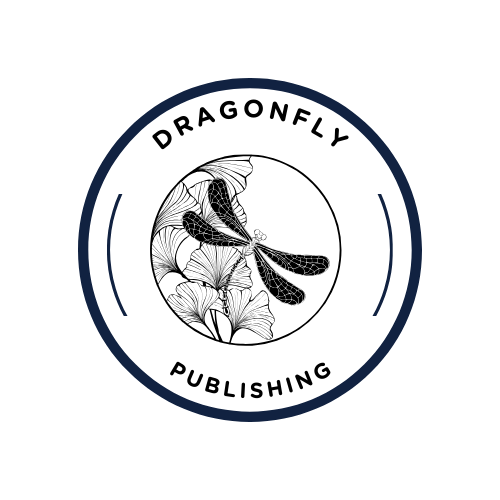
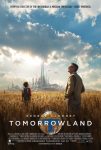
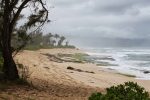
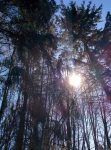


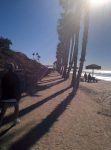
Comment on “Environmental Lessons from Tomorrowland”